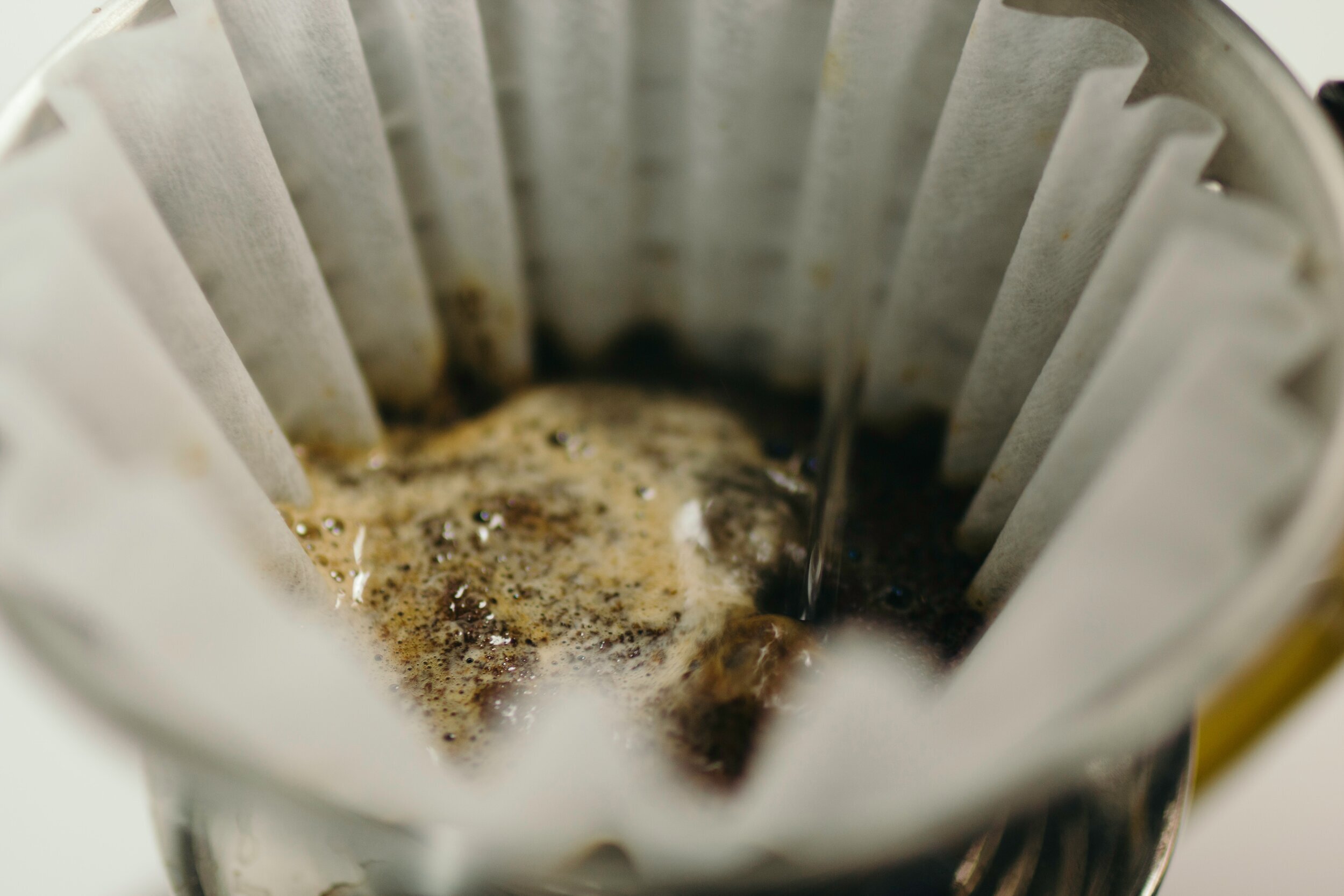Does coffee grind size matter?
Grinding coffee is probably one of the most interesting things you can do as a coffee drinker.
Matching the grind size to a particular brewing method may seem difficult but with a few guiding principles, you’ll be able to grind coffee like a pro each and every time.
Coffee extraction is the process of dissolving soluble flavors from coffee grounds in water. Proper brewing of coffee requires using the correct quantity of coffee, ground precisely, extracted to the correct degree, controlled by the correct time and correct temperature. That’s a lot to think about first thing in the morning.
Grind size can range any where from very fine to larger, rougher particles. If you poured coarse sea salt in one hand and granulated sugar in the other - that’s about the spectrum of coarse to fine grinding. With smaller grind sizes, there is more surface area for the water to come into contact with. This means the coffee will extract (or dissolve into the water) faster and easier – this is great with a high-pressure espresso but wouldn’t work for a pour over or cold brew.
If coffee is ground too fine for your brewing method, it can “over-extract.” In other words, the water will break down the coffee so much that acids will be released and your cup will taste bitter. If your particles are too large, the water won’t be able to extract enough coffee and you’ll end up with a weak, or “under-extracted” brew.
What does coffee that has been poorly ground taste like?
Under extracted (grounds too coarse and brew time too short)
Sour
Acidic
Salty
Over extracted (grounds too fine, or too much coffee sediment)
Bitter
Bland and weak - a lack of any notable coffee bean flavor
Keep these two things in mind when grinding:
the finer the grind the faster the water will dissolve the coffee
the coarser the grind the lesser the coffee will be extracted
Here’s some tips for common brew methods:
Cold brew = extra coarse grind since the coffee is completely submerged in water over night with the longest possible extraction time
French press = coarse grind since this method involves total immersion
Pour over = medium-fine grind, experiment to see if your coffee is sour (under extracted) or bitter (over extracted)
chemex = medium-coarse, since this method uses a paper filter you’ll want to balance your extraction and brew time
Drip = medium grind, if you have a cone shape filter then start with medium-fine grind. If you have a flat bottom filter, then use a coarse grind
Moka pot (Bialetti) = fine grind, since the brew time is pretty short a fine grind will extract the most flavor
Espresso = fine grind, with a short brew time and a lot of pressure only a fine grind will give all the extraction an espresso needs
Grind size is all about finding what works for your brewing method and then experimenting with that method until you get it just right. Keep in mind though, some coffee’s are better suited for some brewing methods— it doesn’t hurt to have a few different brewing methods on hand

